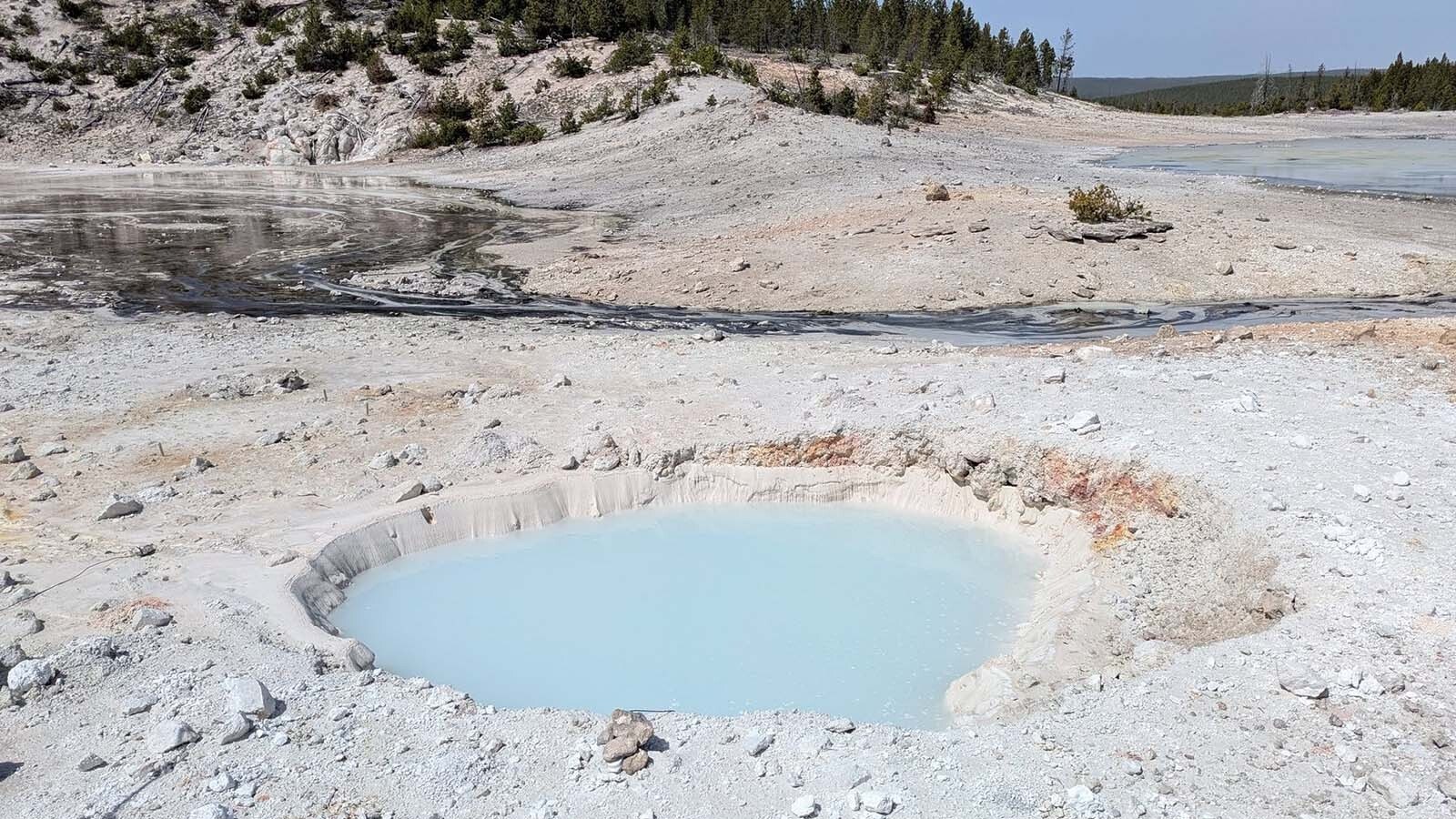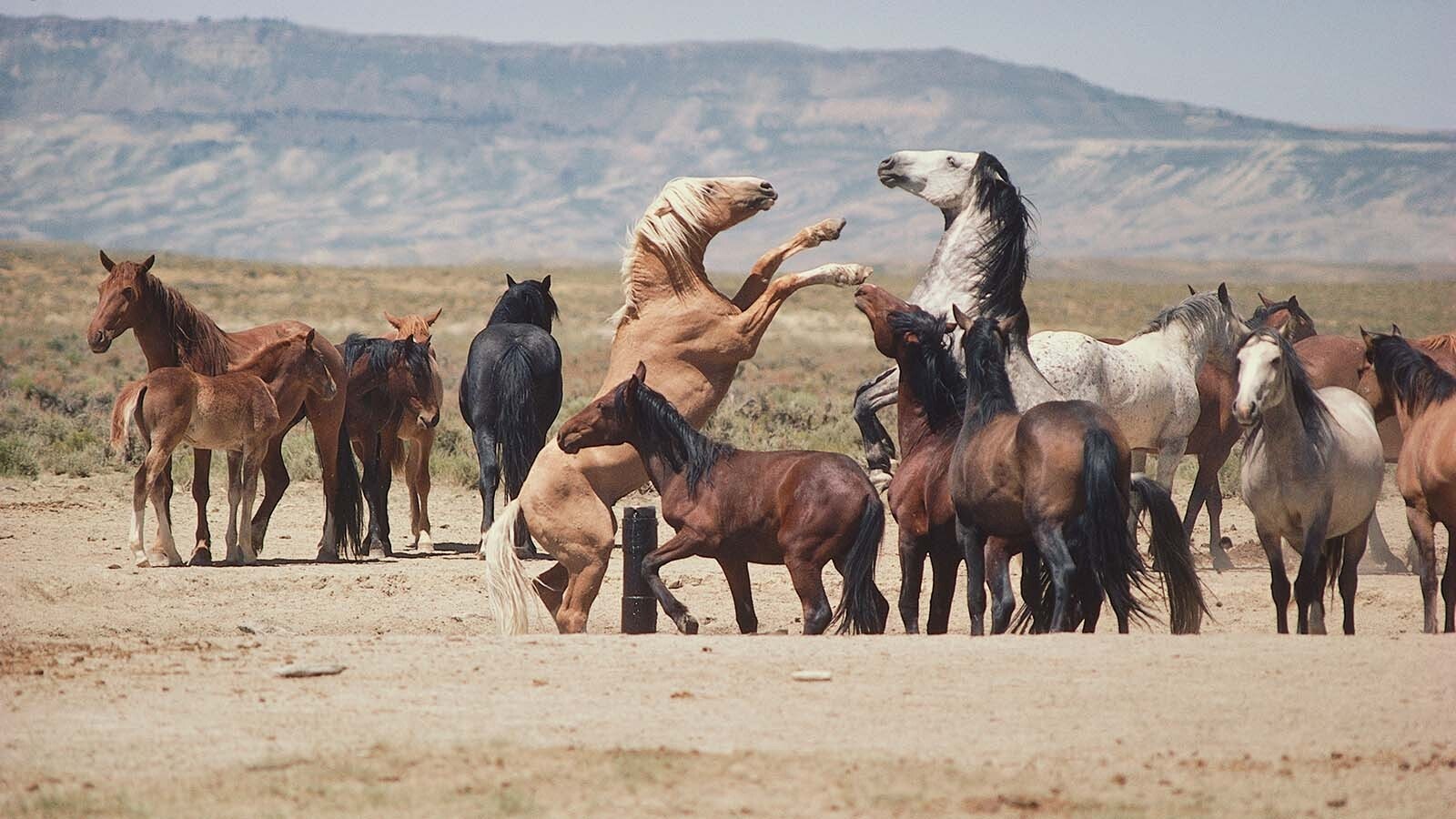Wyoming and Colorado officials are warning that the mixing of domestic livestock and bighorn sheep could lead to negative impacts for the region’s bighorn sheep populations.
Colorado Parks and Wildlife officials this week expressed concern about domestic goats that are used for weed and vegetation control mingling with the bighorn sheep population in Estes Park, due to concern of the potential spread of disease between the domestic animals and the sheep.
The problem is not limited to Estes Park, but could affect the entire state of Colorado and much of the Rocky Mountain West, including Wyoming. Since bighorn sheep are so closely related to the domesticated animal, it is easy for disease to pass between the two, according to Wyoming Wildlife Advocates.
This is a major concern for wildlife managers across the West because diseases such as pneumonia and conjunctivitis can wipe out up to 90% of a bighorn sheep herd, according WWA.
Colorado has around 7,000 bighorn sheep in the state, while Wyoming has around 6,500, according to a report from the Wyoming Game and Fish Department.
Rocky Mountain bighorn sheep historically existed in tremendous numbers in the western United States.
After being reduced to near extinction in the region, bighorn sheep have made strong recoveries due to efforts by western wildlife management agencies and conservation groups. However, the sheep still face significant threats, especially from diseases transmitted by domestic sheep and goats.
In the early 2000s, the Wyoming Game and Fish Department created a working group to develop recommendations for preventing the spread of disease between domestic animals and the wild game. The group recommended the introduction of effective vaccines for the animals and the relocation of bighorn sheep to safer areas where they would still be protected.
“It only takes one sheep that contracts a disease to hinder an entire herd,” said Chase Rylands, a wildlife officer in Estes Park.
Adult sheep survivors of such diseases can become chronic carriers and infect lambs every year.
The threat of disease introduction when domestic animals do co-mingle with wild herds is so severe that wildlife officials are sometimes forced to euthanize any wild bighorns that come into contact with the domestic animals and animals that appear to show signs of illness afterward.
Inaction may result in a cascading effect of disease outbreak, death and poor population performance, which could take decades to overcome, wildlife officials said.
“Disease transmission is nothing to be taken lightly with Colorado’s wildlife, especially with bighorns,” Ryands said. “Coexisting with wildlife isn’t always easy, but preventing the comingling of domestic animals with wildlife is most often preventable and essential to sustaining populations of all wildlife.”
For those with domestic livestock that needs to be separated from bighorn sheep encounters, Colorado Parks and Wildlife suggested implementing sound fencing practices, such as using an electric outrigger fence (two feet from wire fencing) or double fencing (two wire fences with a minimum spacing of at least 10 feet in between and a height of eight feet).





